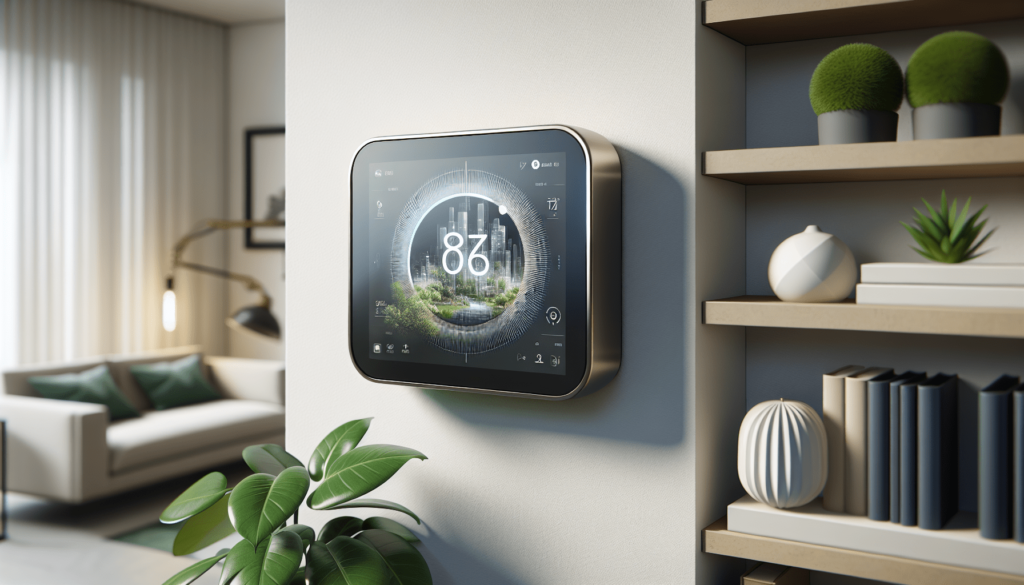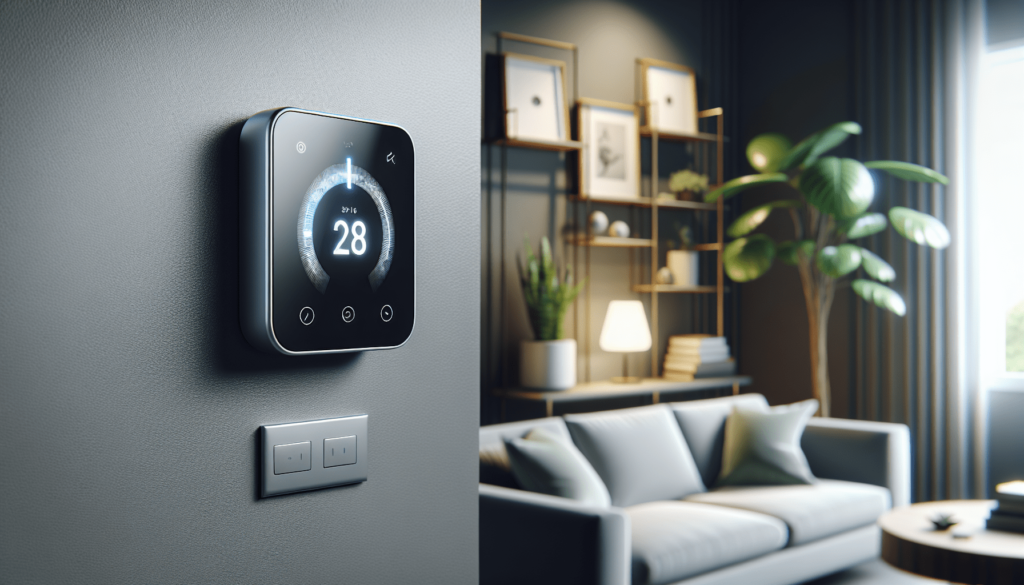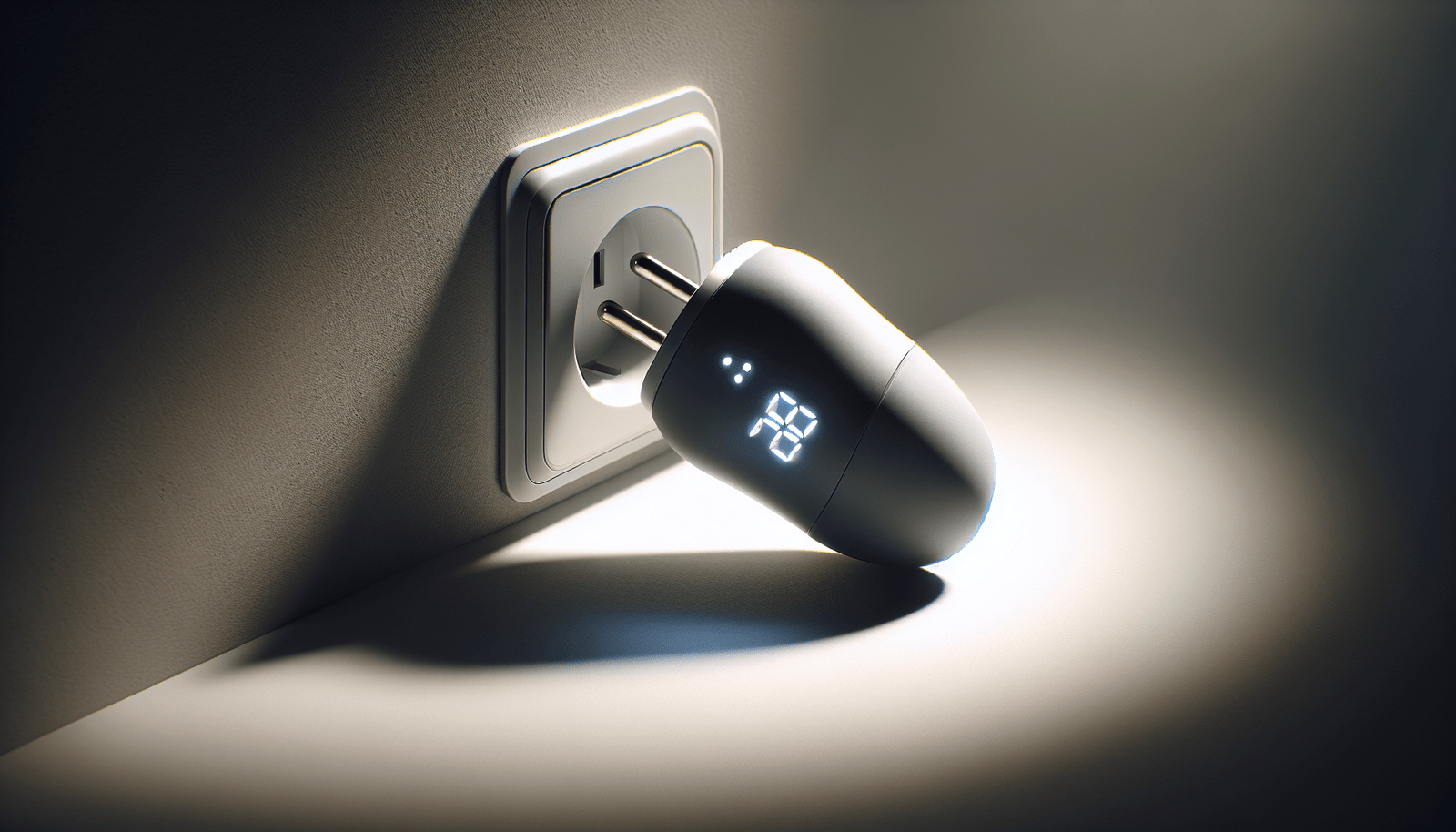Have you ever considered what might be the downsides of installing a smart thermostat in your home? As the interest in smart home technology continues to rise, many homeowners and renters are intrigued by the advantages smart thermostats offer, such as energy savings, improved comfort, and intelligent connectivity. However, in the pursuit of a more efficient and automated home environment, it’s equally crucial to examine any potential drawbacks these devices may have.
Understanding Smart Thermostats
What Are Smart Thermostats?
Smart thermostats are advanced home devices that allow you to remotely control your home’s heating and cooling systems via your phone, computer, or voice command through a smart assistant. Unlike traditional thermostats, these devices learn from your habits and adjust the temperature based on your schedule and preferences, promising enhanced convenience and potential cost savings.
How Do Smart Thermostats Work?
Smart thermostats utilize connectivity to your Wi-Fi network to communicate with a centralized platform that helps analyze and understand your usage habits. They employ algorithms and sensors to detect activity levels in your home, adjust temperatures accordingly, and optimize energy use. Many of them also support features like geofencing, AI learning, or integration with other smart devices to provide a cohesive smart home experience.
The Advantages of Smart Thermostats
Energy Efficiency and Savings
Smart thermostats are primarily designed to reduce energy consumption. By adjusting your home’s temperature setting based on occupancy and time of day, these devices help minimize unnecessary heating or cooling, leading to savings on your energy bill. Numerous studies have shown that users can save between 10-15% annually on heating and cooling costs.
Enhanced Convenience and Comfort
The automation features of smart thermostats contribute to a more comfortable living space. Through scheduling and learning capabilities, they adjust the temperature to match your preferences without needing constant manual input. On top of that, controlling your thermostat remotely means you can ensure your home is at the perfect temperature when you return from work or vacation.
Advanced Features
Modern smart thermostats often come equipped with advanced features like voice control, integration with smart home systems, multi-zone management, and detailed energy analytics. These functionalities provide a higher level of user interaction and data-driven insights into energy use patterns, allowing for even greater optimization.

Potential Downsides of Smart Thermostats
Initial Cost and Installation
One of the primary concerns with smart thermostats is the upfront cost. These devices are generally more expensive than traditional thermostats, with prices ranging from $150 to $300 or more depending on the features. Additionally, while many models promote DIY installation, some may require professional installation, which can increase costs further if your existing HVAC system is complex or incompatible.
Compatibility Issues
Compatibility can be an issue with smart thermostats, especially if you have an older heating or cooling system. Not all HVAC systems are compatible with smart thermostats, and some may require adapter kits or additional equipment to work properly. It’s crucial to check compatibility thoroughly before purchase to avoid frustration and extra expenses.
Security and Privacy Concerns
Being connected to your home network and internet, smart thermostats can pose potential privacy and security risks. If not properly secured, these devices could become entry points for hackers. Therefore, it’s essential to regularly update your thermostat’s software, use strong passwords, and secure your home network to mitigate these risks.
Making an Informed Decision
What to Consider When Choosing a Smart Thermostat
When deciding whether a smart thermostat is right for your home, consider factors like compatibility with your HVAC system, the importance of advanced features, budget constraints, and whether you value remote controllability and automation. Weigh these factors against potential drawbacks such as security concerns and upfront costs to make an informed decision.
DIY Installation or Professional Help?
For those comfortable with DIY projects, installing a smart thermostat can be a straightforward process, provided you carefully follow instructions and check compatibility. For others, hiring a professional can ensure a smooth installation and optimal function. This decision often depends on your level of confidence and existing HVAC system complexity.
Comparing Top Models
To assist in your decision process, here is a comparative table of some of the leading smart thermostats currently available:
| Thermostat Model | Average Cost | Energy Savings Potential | Notable Features | AI & Automation | Voice Assistant Integration |
|---|---|---|---|---|---|
| Nest Learning Thermostat | $249 | 10-15% | Self-Learning, Geofencing | Yes | Google Assistant, Alexa |
| ecobee SmartThermostat | $249 | 23% | Room Sensors, Voice Control | Yes | Siri, Alexa |
| Honeywell Home T9 | $199 | 10-12% | Multi-Room Sensors, Geofencing | Limited | Alexa, Google Assistant |
| Emerson Sensi Touch | $169 | Up to 23% | Energy Star Certified | No | Alexa, Siri, Google Assistant |

Troubleshooting and Maintenance
Common Issues and Solutions
Some users may encounter problems with their smart thermostats, such as connectivity issues, inaccurate temperature readings, or integration problems with other smart home devices. Often, these can be resolved by resetting the thermostat, checking Wi-Fi connections, or updating the software. Regular maintenance of both your thermostat and HVAC system can prevent many common issues.
Ensuring Longevity and Efficiency
To maximize the lifespan and efficiency of your smart thermostat, keep your device updated with the latest firmware, frequently check your energy analytics to adjust settings for optimal savings, and ensure that its sensors remain clean and unobstructed.
Final Thoughts: Is a Smart Thermostat Right for You?
After weighing the pros and cons, the decision to upgrade to a smart thermostat depends on your personal priorities and home environment. For those focused on efficiency, convenience, and a willingness to embrace technology, smart thermostats feature compelling advantages. However, they may not be suitable for all homes, especially if budget constraints or compatibility issues arise. Balancing potential benefits against these considerations will help you decide if investing in a smart thermostat aligns with your goals for comfort, savings, and home automation.
In conclusion, understanding the disadvantages of a smart thermostat can lead to better preparedness and satisfaction. By evaluating compatibility, costs, privacy concerns, and potential savings, you can determine whether this technology is an effective solution for your home’s energy needs.
Disclosure: As an Amazon Associate, I earn from qualifying purchases.






